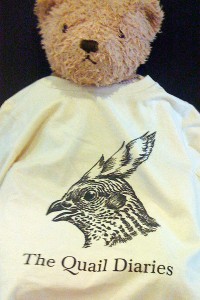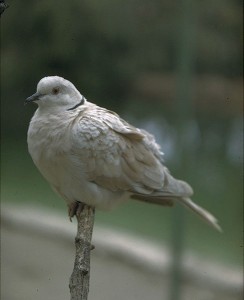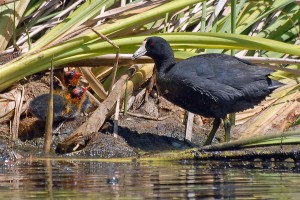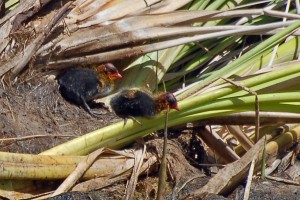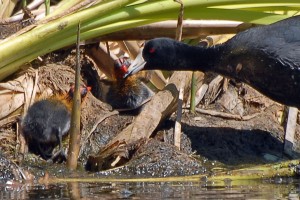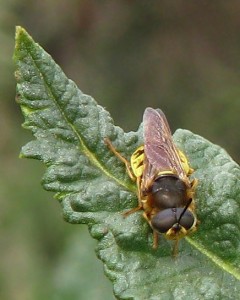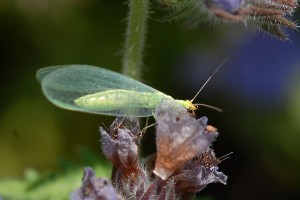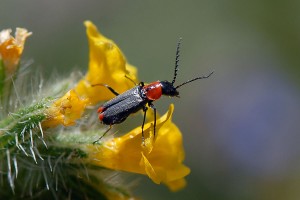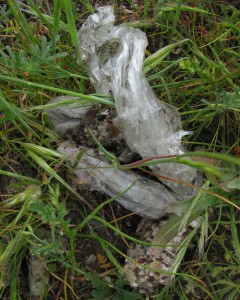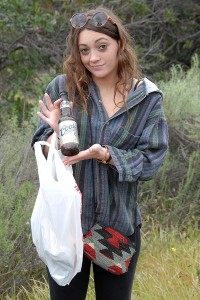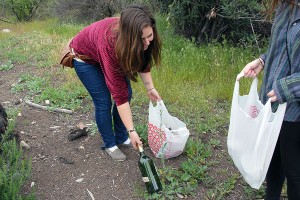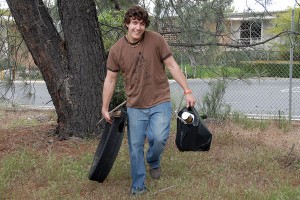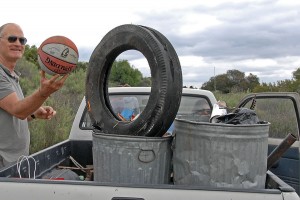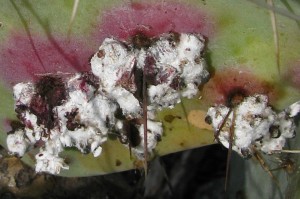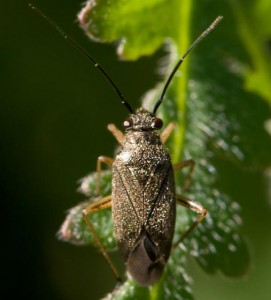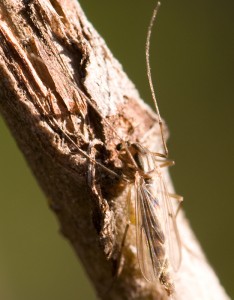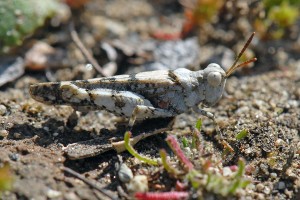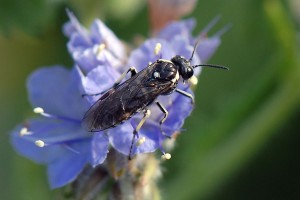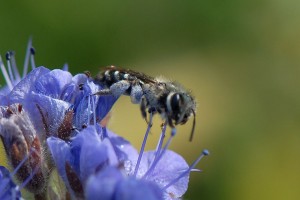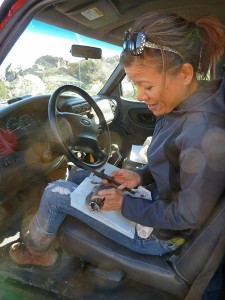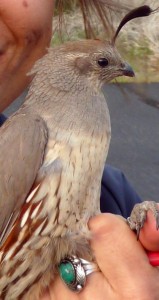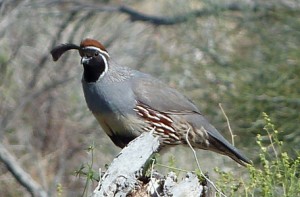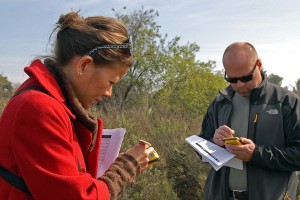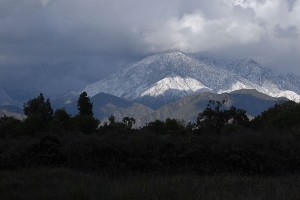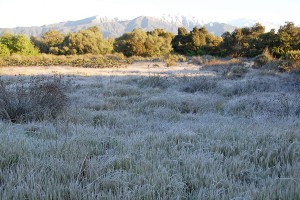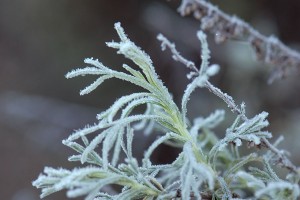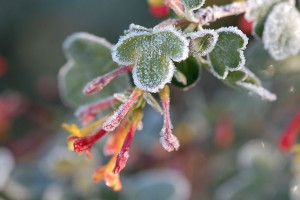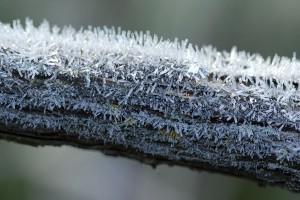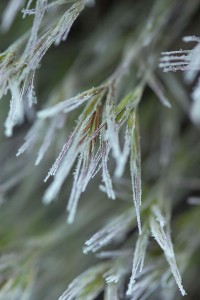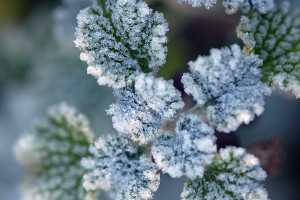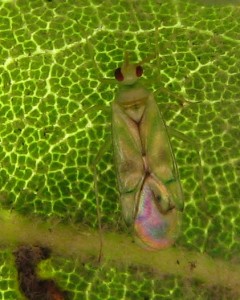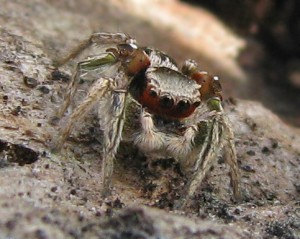The BFS Manager, Dr. Jennifer Gee, is featured in a New York Times article on web-based “crowd funding” of scientific research.
According to the article, Dr. Gee and her collaborator, Dr. Jennifer Calkins, may have been the first professional scientists to use this approach to underwrite basic research. To raise nearly $5,000 for a pilot study of the Elegant Quail (Callipepla douglasii) they used Kickstarter, a web-based funding platform for creative projects.
In a manner familiar to all National Public Radio listeners, Drs. Gee and Calkins offered premiums to those who pledged money to support their research, such as field-seasoned quail bands for a $10 pledge, a Quail Diaries T-shirt for a $12 pledge, and dinner and discussion with the scientists for a $250 pledge.
In order to obtain any funds from Kickstarter, Drs. Gee and Calkins needed to raise the desired funds within a specified time, since Kickstarter uses “All or Nothing Funding.” According to the site, “a project must reach its funding goal before time runs out or no money changes hands. Why? It protects everyone involved. Creators aren’t expected to develop their project without necessary funds, and it allows anyone to test concepts without risk.”
The two scientists did reach their goal, and the money raised enabled them to buy radio transmitters, receivers, other supplies and equipment, and to travel to Mexico in March to carry out their study. On the Kickstarter site you can see a Quail Diaries video about Drs. Gee and Calkins’ project.
- Lin, T. 2011. “Scientists Turn to Crowds on the Web to Finance Their Projects.” New York Times, 12 July 2011. http://www.nytimes.com/2011/07/12/science/12crowd.html
- Calkins, J. 2010-2011. “The Quail Diaries: In Search of the Elegant Quail.” Kickstarter.com. http://www.kickstarter.com/projects/401217730/the-quail-diaries-in-search-of-the-elegant-quail
- Calkins, J. 2008-2011. “The Quail Diaries: Science, Culture, and Quail.” http://thequaildiaries.wordpress.com/
